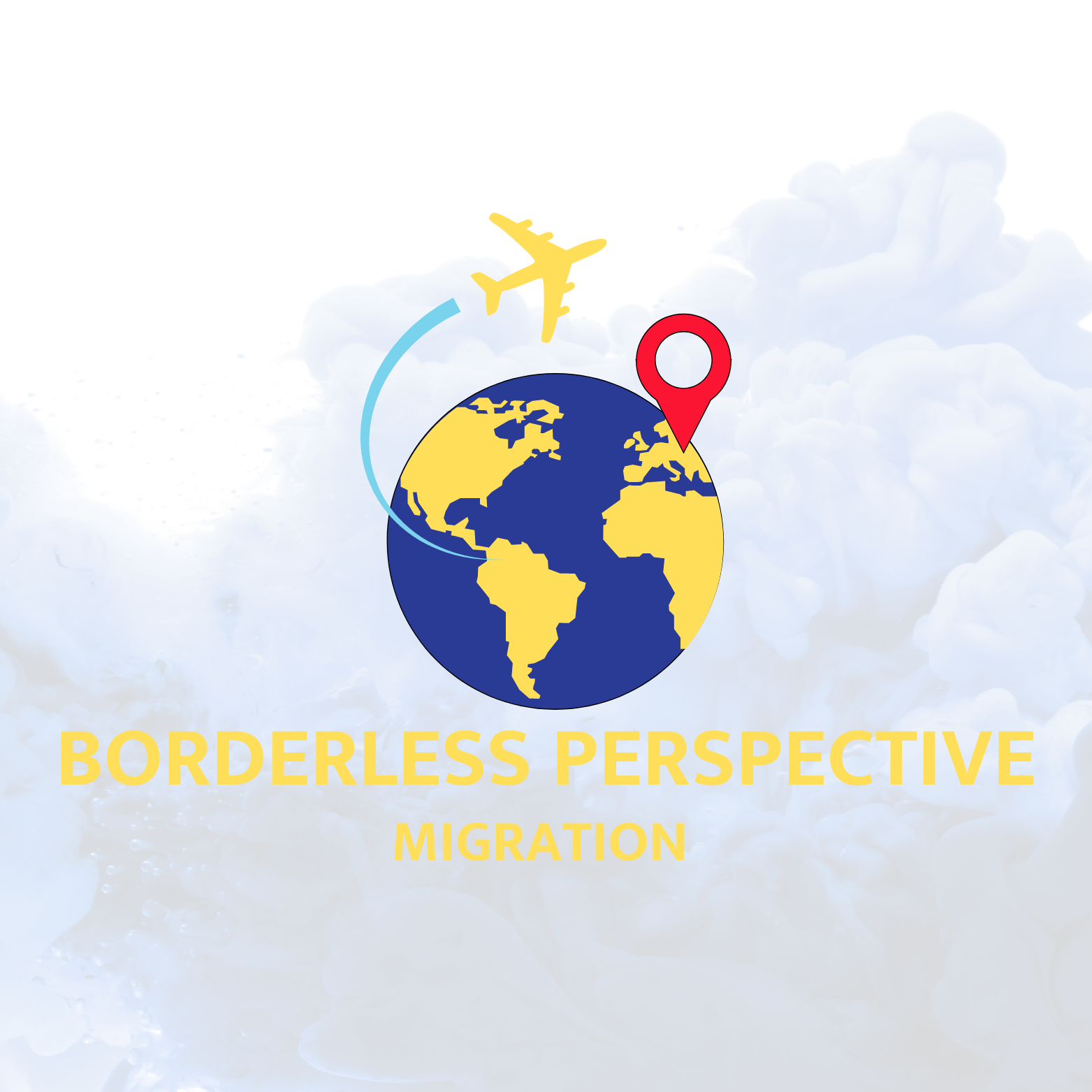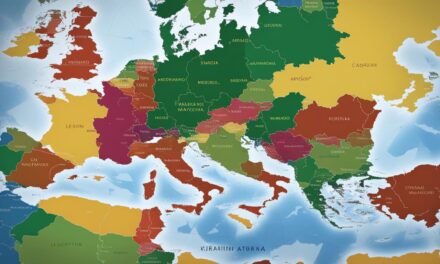
The challenges and opportunities of migration have become increasingly significant in our interconnected world. As individuals move across borders, they bring with them their unique experiences, cultures, and aspirations. This fluid context presents both challenges and opportunities for societies striving to balance integration and cultural diversity.
Migrants today hail from all regions of the world, resulting in diverse linguistic and cultural heritages. Cities in North America, Europe, and the Asia-Pacific region have transformed into vibrant multiethnic communities, highlighting the challenges of living together and fostering communal integration.
While some migrants face precarious lives due to lack of legal status, refugees face additional challenges of forced displacement and the need to reconcile with their new circumstances. Integration, therefore, takes on a crucial role in establishing a sustainable mutual interaction between newcomers and receiving societies.
Cultural integration, in particular, becomes a complex process of balancing the adoption of the receiving society’s cultural patterns with maintaining aspects of ancestral heritage. The success of integration is measured by various factors, including a sense of belonging, cultural contact, convergence of childrearing practices, inter-group marriages, and the degree of separation between groups.
Key Takeaways:
- Migration brings both challenges and opportunities for societies.
- Diverse linguistic and cultural heritages enrich communities.
- Integration is crucial for establishing sustained mutual interactions.
- Cultural integration involves balancing the adoption of receiving society’s patterns with maintaining ancestral heritage.
- Successful integration is measured by factors such as sense of belonging and cultural contact.
Section 2: Economic Benefits and Socio-Economic Impact of Migration
Migration has become a global phenomenon with far-reaching impacts on both origin and host countries. Beyond the social and cultural aspects, migration also has significant economic benefits and socio-economic impacts. Understanding these implications is crucial for developing effective immigration policies and leveraging the potential of labor market opportunities.
Economic Benefits of Migration
One of the key economic benefits of migration is the positive impact it has on both the origin and host countries. Migrants often send remittances back to their home countries, which contribute to the overall GDP and help reduce poverty levels. These financial inflows provide economic stability and open up opportunities for development and growth.
Furthermore, migrants bring diverse skills and expertise to the labor market of host countries, filling labor shortages and contributing to innovation and productivity. This injection of talent not only fuels economic growth but also enhances the competitiveness of industries in the global market.
Socio-Economic Impact of Migration
While migration brings economic benefits, it also presents socio-economic challenges. Host communities may experience competition for jobs and resources, leading to tensions and inequalities. The impact on wages and employment for native-born workers varies depending on the skill level and sector of the labor market.
It is essential to address these challenges and foster inclusive societies that promote equal rights and opportunities for migrants. This involves implementing immigration policies that facilitate skill recognition, integration, and access to education, healthcare, and employment. By doing so, countries can maximize the economic benefits of migration while mitigating the potential negative social and economic consequences.
The Socio-Economic Impact of Migration: A Comparative Analysis
| Positive Impact | Negative Impact | |
|---|---|---|
| Income and GDP | Migrant remittances contribute to economic growth and poverty reduction. | Competition for jobs and resources may lead to inequalities. |
| Labor Market | Migrants fill labor shortages and bring diverse skills, enhancing productivity and competitiveness. | Native-born workers may face wage and employment competition in certain sectors. |
| Social Cohesion | Cultural diversity can enrich social fabric and foster innovation. | Tensions and social divisions may arise, requiring proactive integration policies. |
In conclusion, migration presents both economic benefits and socio-economic challenges. Understanding the multidimensional impact of migration is crucial for crafting effective immigration policies that balance integration and the preservation of cultural diversity. By harnessing the potential of labor market opportunities and implementing inclusive measures, countries can create a win-win situation for migrants, host communities, and the overall economy.
Integration Challenges and Policies
In today’s dynamic and culturally diverse socio-political landscape, integration policies face numerous challenges. The terminology used to describe integration can inadvertently perpetuate stereotypes and exclusion, hindering the progress towards inclusive societies.
To overcome these challenges, integration policies should prioritize fostering societies that are welcoming and inclusive, ensuring equal rights and opportunities for migrants. Discrimination and xenophobia must be addressed head-on, promoting a harmonious coexistence between newcomers and host communities.
Successful integration programs recognize and cater to the diverse needs and experiences of different migrant groups. This includes providing comprehensive language and cultural orientation, facilitating access to education, healthcare, and employment opportunities.
Collaboration between governments, civil society organizations, and migrants themselves is key to implementing effective integration policies. By fostering dialogue and cooperation, we can create environments where migrants can thrive and contribute to their new societies.
FAQ
What are the challenges of migration?
The frequency and speed of international migration today make it challenging to understand integration and develop integration policies. Additionally, migrants come from diverse linguistic and cultural backgrounds, highlighting the challenges of living together and fostering communal integration.
What challenges do refugees face?
Refugees face the additional challenges of forced displacement and reconciliation with their new status, which can make their integration process more complex.
How is integration measured?
Integration is measured by factors such as a sense of belonging, cultural contact, convergence of childrearing practices, inter-group marriages, and the degree of separation between groups.
What economic benefits does migration have?
Migration has economic benefits for both origin and host countries. Remittances sent by migrants contribute to the GDP of their home countries, reducing poverty levels and providing economic opportunities. Migrants also contribute to the labor market of host countries, filling labor shortages and bringing diverse skills and expertise.
What challenges do integration policies face?
Integration policies face challenges in a dynamic and culturally diverse socio-political context. The language and terminology used to describe integration may perpetuate stereotypes and exclusion.
What should integration policies focus on?
Integration policies should focus on fostering inclusive societies, promoting equal rights and opportunities for migrants, and addressing discrimination and xenophobia.
What should integration programs provide?
Integration programs should recognize the diverse needs and experiences of different migrant groups, providing language and cultural orientation, access to education, healthcare, and employment opportunities.
Who should be involved in successful integration policies?
Successful integration policies involve collaboration between governments, civil society organizations, and migrants themselves.
Why are regular evaluations and adjustments to integration policies necessary?
Regular evaluations and adjustments to integration policies are necessary to ensure their effectiveness and address emerging challenges related to migration.
MORE SOURCES TO READ:
- https://www.wider.unu.edu/sites/default/files/OUCHO, Linda Adhiambo_paper.pdf
- https://www.migrationpolicy.org/article/immigrant-integration-building-opportunity
- https://www.unfpa.org/sites/default/files/pub-pdf/migration_icpd.pdf
![]()










Recent Comments